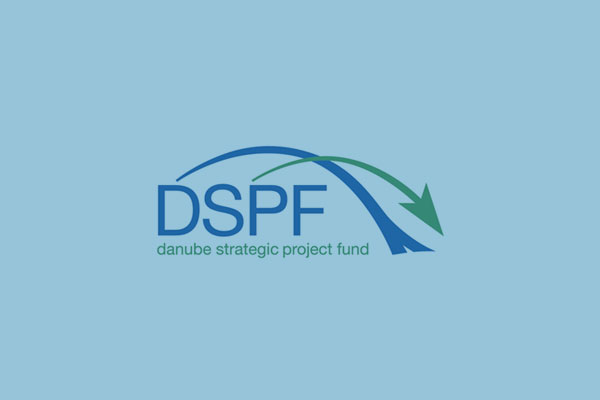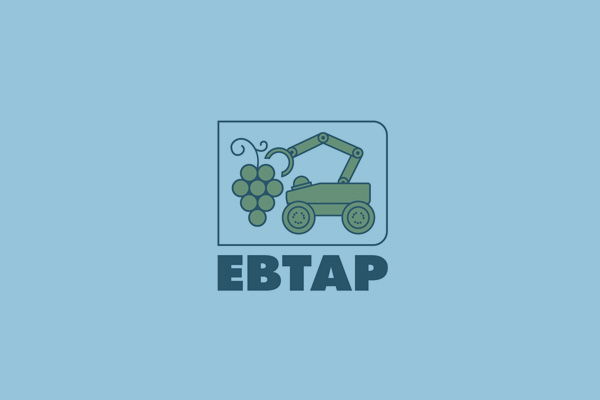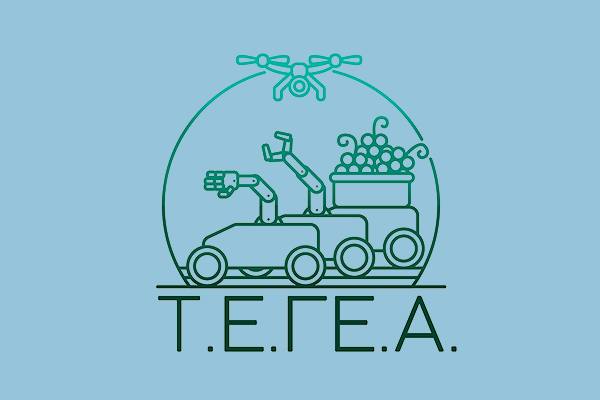Skilled agricultural task delivery by a digital twin – IEEE CAI 2023, Santa Clara (Silicon Valley), California, USA
V. G. Kaburlasos, C. Lytridis, G. Siavalas, V. N. Tsakalidou, C. Tsakmakis, I. Kalathas, T. Pachidis, K. Rantos, K. Kalaboukas, “Skilled Agricultural Task Delivery by a Digital Twin,” 2023 IEEE Conference on Artificial Intelligence (CAI), Santa Clara, CA, USA, 2023, pp. 364-365, doi: 10.1109/CAI54212.2023.00159.


 Greek
Greek









